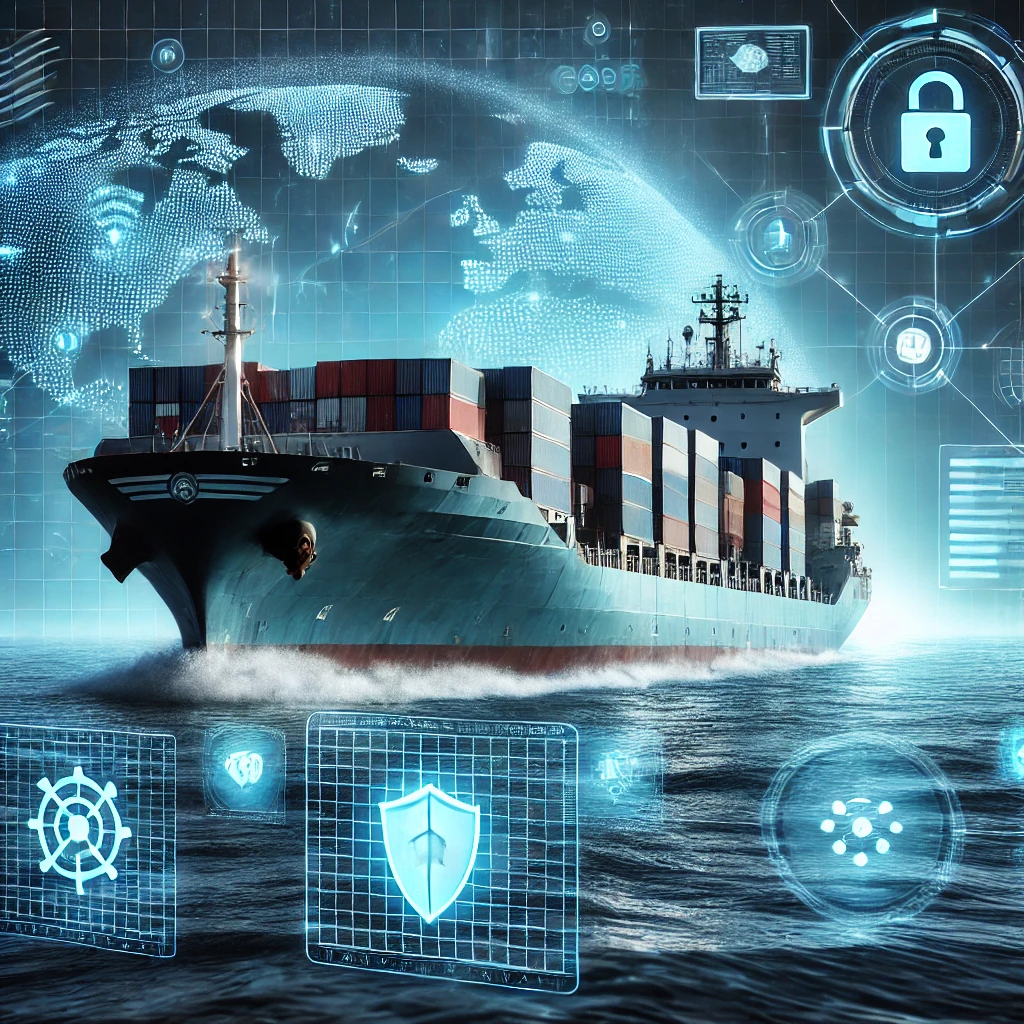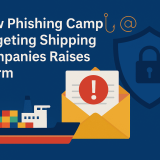July 22, 2020 IMO
Maritime law is a body of laws, conventions and treaties that governs international private business or other matters involving ships, shipping or crimes occurring on open water. Laws between nations governing such things as national versus international waters are considered public international law and are known as the Law of the Seas.
In most developed nations, maritime law is governed by a separate code and is a separate jurisdiction from national laws. The United Nations, through the International Maritime Organization (IMO), has issued numerous conventions that can be enforced by the navies and coast guards of countries that have signed the treaty outlining these rules. Maritime law governs many of the insurance claims relating to ships and cargo, civil matters between shipowners, seamen and passengers, and piracy.
IMO Conventions
-The IMO was created in 1958 and is responsible for ensuring that existing international maritime conventions are kept up to date as well as develop new conventions as and when the need arises. Today, there are dozens of conventions regulating all aspects of maritime commerce and transport.
The IMO identifies three of these as its key conventions. They are:
The International Convention for the Safety of Life at Sea
The International Convention for the Prevention of Pollution from Ships
The International Convention on Standards of Training, Certification and Watch-keeping for Seafarers
Enforcement
The governments of the of IMO’s 171 member States are responsible for the enforcement of IMO conventions for ships of their nationality. Local governments enforce the provisions of IMO conventions as far as their own ships are concerned and set the penalties for infringements. In some cases, ships must carry certificates on board the ship to show that they have been inspected and have met the required standards.
Nationality of ships
A ship’s nationality is determined by the country where it is registered. Most ships are registered in the national registry of the country where their owners reside or operate their business. However, often for reasons of tax planning or to take advantage of more lenient local rules, some owners will register ships in countries that allow foreign ships to be registered. These registries are called “flags of convenience.” Two common examples of flags of convenience are Panama and Bermuda.
UNCLOS
UNCLOS is United Nations Convention for the Law of the Sea. The convention is also sometimes referred to as the Law of the Sea Convention or the Law of the Sea treaty. UNCLOS, as a law of the sea came into operation and became effective from 16th November 1982.
However, the first time such a proposal was announced before the United Nations was in the year 1973.
Over the course of nine years, with representations from over 160 countries coming forward, UNCLOS came into existence. The background of UNCLOS covers can be explained in detail as follows:
Starting with United States in the 1945, many countries across the world brought under their jurisdiction, the natural resources found in their oceans’ continental shelf. Some of the countries that exercised this power were Argentina, Canada, Indonesia, Chile, Peru, Ecuador and even countries like Saudi Arabia, Egypt, Ethiopia and Venezuela.
Source: telanganatoday






